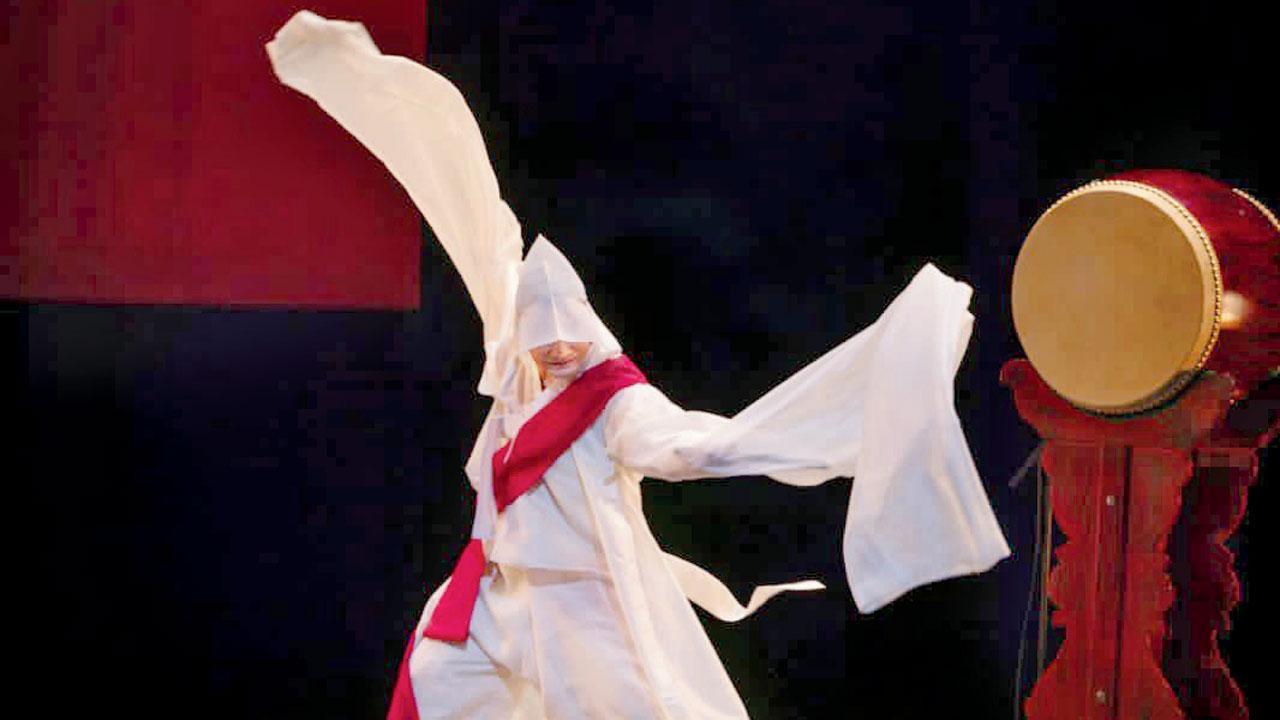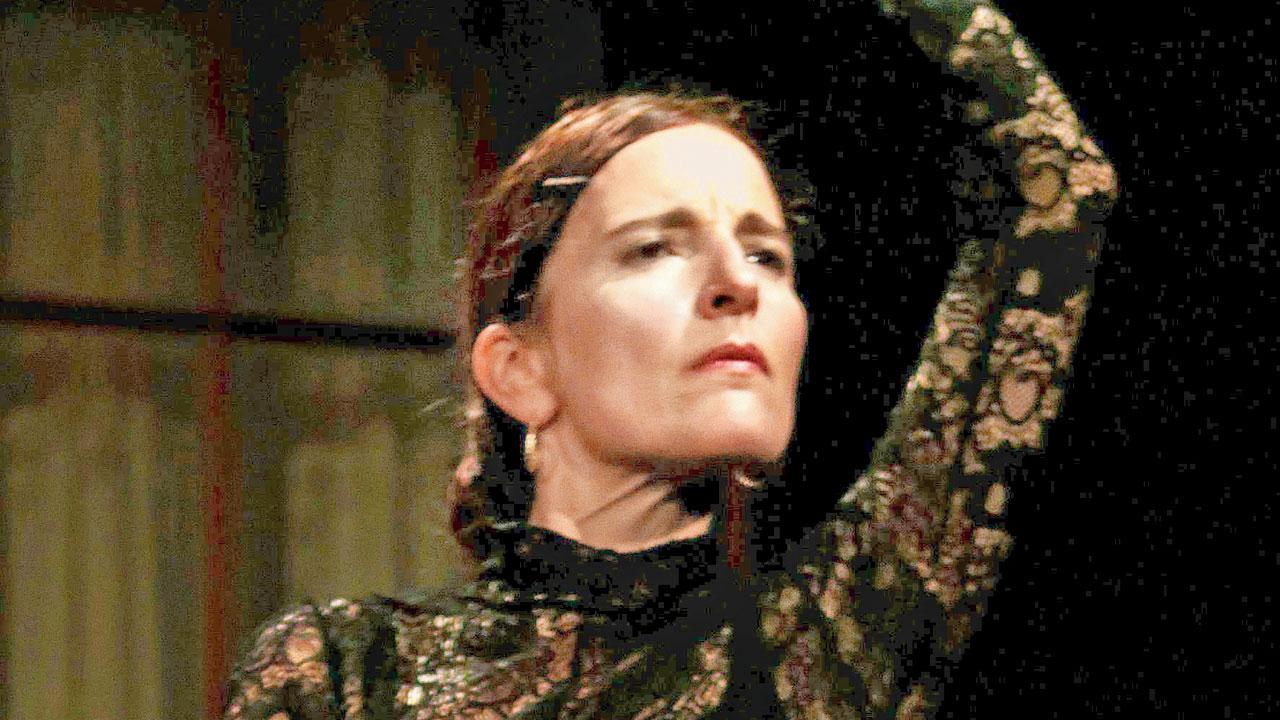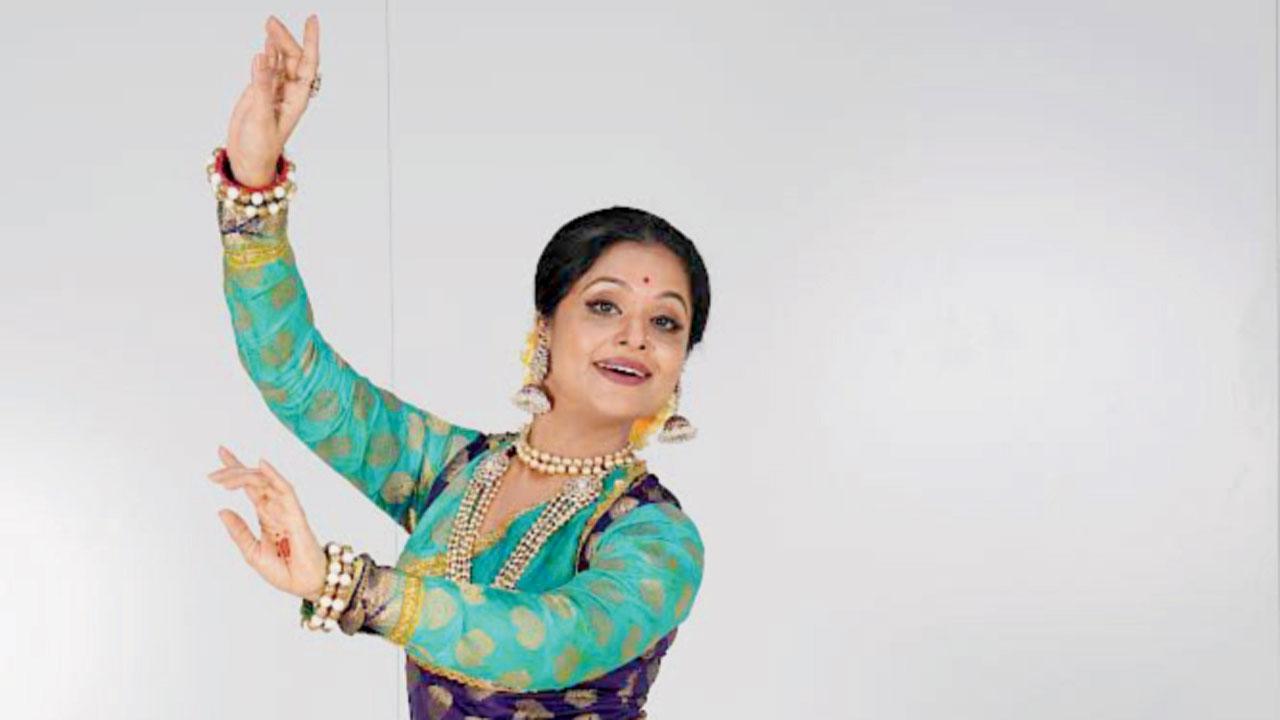A dance collective brings together traditional dance forms from Korea, India and Spain for the first time at a Juhu venue this week

Lee Chuljin performs with his taiko
Come Wednesday, Mumbai-born Kathak exponent Aditi Bhagwat will take it one step at a time to introduce the city to traditional dance forms from Korea, Spain and India with an 85-minute long performance at Prithvi Theatre. Aptly titled Borders and Beyond, the performance will feature Lee Chuljin, a traditional Buddhist Korean dancer; Bettina Castano, a flamenco performer from Spain; Latasana Devi, who specialises in Manipuri dance, and Bhagwat, who will perform a Kathak routine.
ADVERTISEMENT

Latasana Devi
“This will be my first time introducing a Korean artiste as part of my cross-cultural show, in India,” says Bhagwat, founder of the organising group Aditi Collective. In a time when K-pop is increasingly gaining traction among the younger generations in India, Bhagwat wanted to give dance enthusiasts a taste of Korea’s traditional dance heritage. “For India, Korean culture is novel. Many people are keen to explore their traditions, and the only kind of music and dance we are introduced to is through K-pop. I have performed with Lee in Korea before, and wanted to bring this unexplored art to Mumbai,” she explains.

Bettina Castano
While Bhagwat has been practising Kathak since she was four years old, she was also introduced to other kinds of traditional Indian music, courtesy her mother, a Hindustani classical vocalist. “She introduced me to ghazals, bhajans, lavani and other forms of folk music at a very young age. The first time I heard traditional Korean songs — the kind that Lee performs to — the sonic similarities between them and Manipuri music immediately struck me,” she reveals. To test her theory, she made Chuljin listen to a Manipuri song. “He did not know that it was Manipuri, and when I informed him, he asked, ‘Are you sure this is not Korean?’ Many poses that the dancers use in the two traditional forms are alike as well,” she revealed, adding that Buddhist dancing is a slow and introverted performance, where each step is spelled out and requires complete attention.

Aditi Bhagwat
All four dancers will have a solo performance that will each begin and end with music or steps that are taken forward in the performance that follows. “The idea is not to create a fusion. It’s about shedding light on the co-existence of the many art forms, and respecting and accepting other cultures while following your own,” Bhagwat informs. Towards the end, the quartet will come together for a performance with their own instruments — Bhagwat with her gunghroos, Castano will bring her castanets, Chuljin will perform with his taiko, and Devi will take up her drums.
While the performers are well acquainted with each other’s dance form, the group only got together last Sunday to begin rehearsals and planning. “These are all very senior artistes, each one is the best at their individual art forms. They also have a deep understanding of other practices which are to be performed collaterally,” she signs off.
On: January 31; 8 pm onwards
At: Prithvi Theatre, Juhu Church Road, Juhu
Log on to: in.bookmyshow.com
Cost: Rs 500
 Subscribe today by clicking the link and stay updated with the latest news!" Click here!
Subscribe today by clicking the link and stay updated with the latest news!" Click here!







